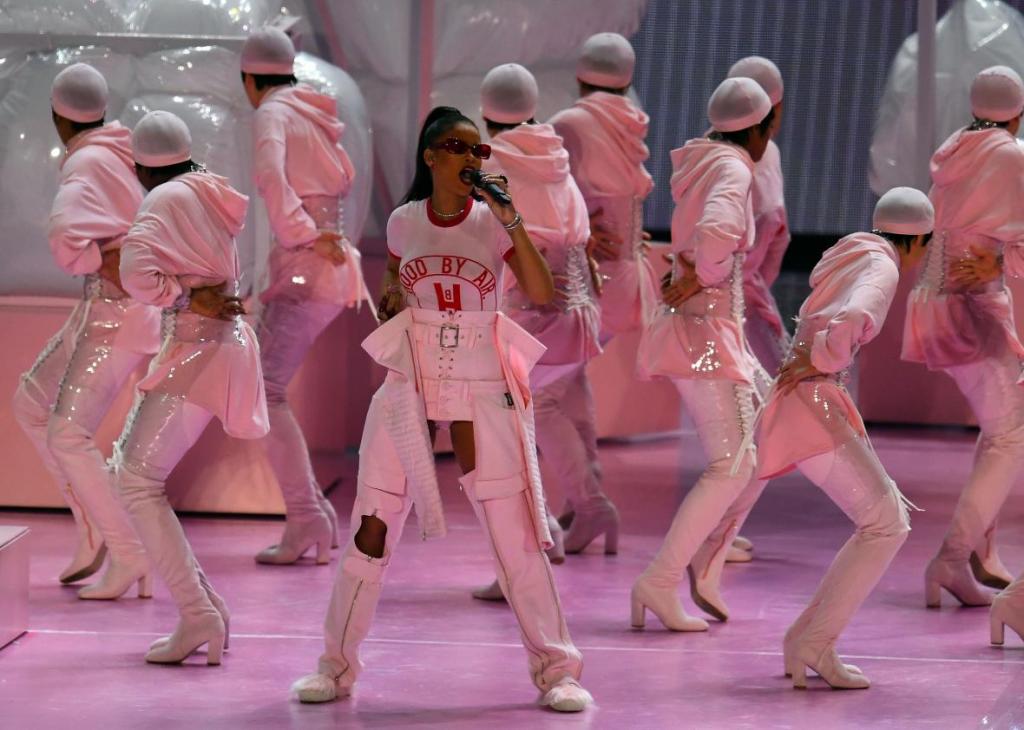ANTI
Rihanna
2016
2016 is both the year the Rihanna superculture goes supernova and the last time she released new music. Riding the success of a cancelled 2015 album and Anti, Rihanna appears on Drake’s Views, Kanye’s The Life of Pablo, Future’s Hndrxx, Kendrick’s DAMN, and launches the Fenty Beauty company – that last one marks her transition from musician into billionaire (derogatory.) She’s released three total songs since the official launch in 2018, two of them for the Black Panther: Wakanda Forever soundtrack and performed the Super Bowl Halftime Show and at the Oscars. That’s the only music she’s performed in that time – no surprise appearances, no concerts, no festivals.
I note all this because the supposed conceit behind Anti was to release an album she could perform as she aged out of her 20s. She looked back at songs from the start of her career as America’s Aphrodite and felt they had been burned out, that she wanted songs that would be “timeless,” an idea she modeled after “FourFiveSeconds” with Paul McCartney. That self-awareness and intention indicate an artist working to manage her own career, taking creative control, refusing to just go through the motions. I think in touring Anti, it’s possible she found that it wasn’t the form of the music itself that burned her out.
There are genres Rihanna’s never attempted before or since on Anti. Most of the album still reflects her current general sound, shaped by PartyNextDoor, Kanye collaborators Jeff Bhasker and James Fauntleroy, and trap producers like Hit-Boi, Boy-1da, and Mustard. But there’s also the Tame Impala cover of “Same Ol’ Mistakes,” the doo-wop love song “Love On The Brain,” the sliding dub of “Consideration.” While there is a clear decision to get off autopilot, this album does sound like “Bitch Better Have My Money” and “American Oxygen,” the singles from the first version of her eighth album.
Some of these experiments work better than others. The ballad “Never Ending” gives her acoustic backing and positions her as a more mid-00s singer-songwriter, a song that uses strong harmonies to place her voice in a unique setting. It’s a more natural use of her voice than “Love On The Brain,” which sounds better in isolation than any placement next to proper doo-wop. But it’s also a bit of a facade – while Rihanna is credited as a writer on every song except “Same Ol’ Mistakes,” once you see the credits, you recognize “Never Ending” as a Dido song adjusted for Rihanna’s voice. It’s still lovely, and it’s a thoughtful way she could take a post-pop career.
This album wouldn’t be here without the Rihanna fastball pop, though. The first eight tracks (and bonus track “Sex With Me”) are as great as anything she’s done. “Needed Me” takes a chopped up Mustard beat and trades in venomous relationship control. There’s a killer quality to a lot of Anti, an understanding that Rihanna can convincingly take the dominant role in every relationship she describes. It’s maybe never more fun than in “Desperado,” a song which wields a nasty bass line under what actually might be one of the more “meet me in the middle” heartbreak songs on the album. Even a mealy-mouthed Drake verse can’t spoil “Work,” the album’s massive single, where Rihanna lets the vocalization hit the album’s most playful.
It feels so funny to be writing this and separating the names Drake, Mustard, Kendrick, Kanye, and Rihanna without drawing a battle map. Mustard had spent four years going through a contentious divorce and producing a couple songs a year before producing “Not Like Us.” When Rihanna was still making music, these men were all on top of the world. They were collaborating, and their collaborators were all collaborating behind the scenes, too. I know there are a million reasons 2016 feels a world away, but remember when the corniest thing about Drake was his interactions with Rihanna and Nicki Minaj? When Kanye’s big controversy was the dumbass “Famous” video? Knowing what we know now, maybe Rihanna didn’t just get burned out by the music itself.
KEY TRACKS: “Kiss It Better,” “Desperado,” “Needed Me,” “Sex With Me”
CATALOG CHOICE: Good Girl Gone Bad, “Rude Boy”
NEXT STOP: Ctrl, SZA
AFTER THAT: Take Me Apart, Kelela


